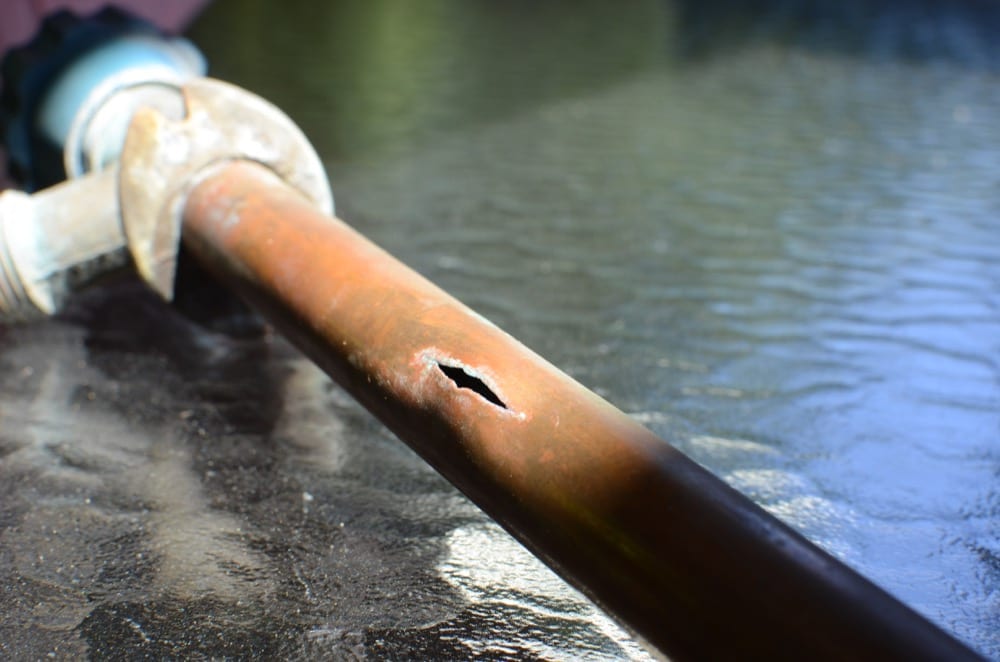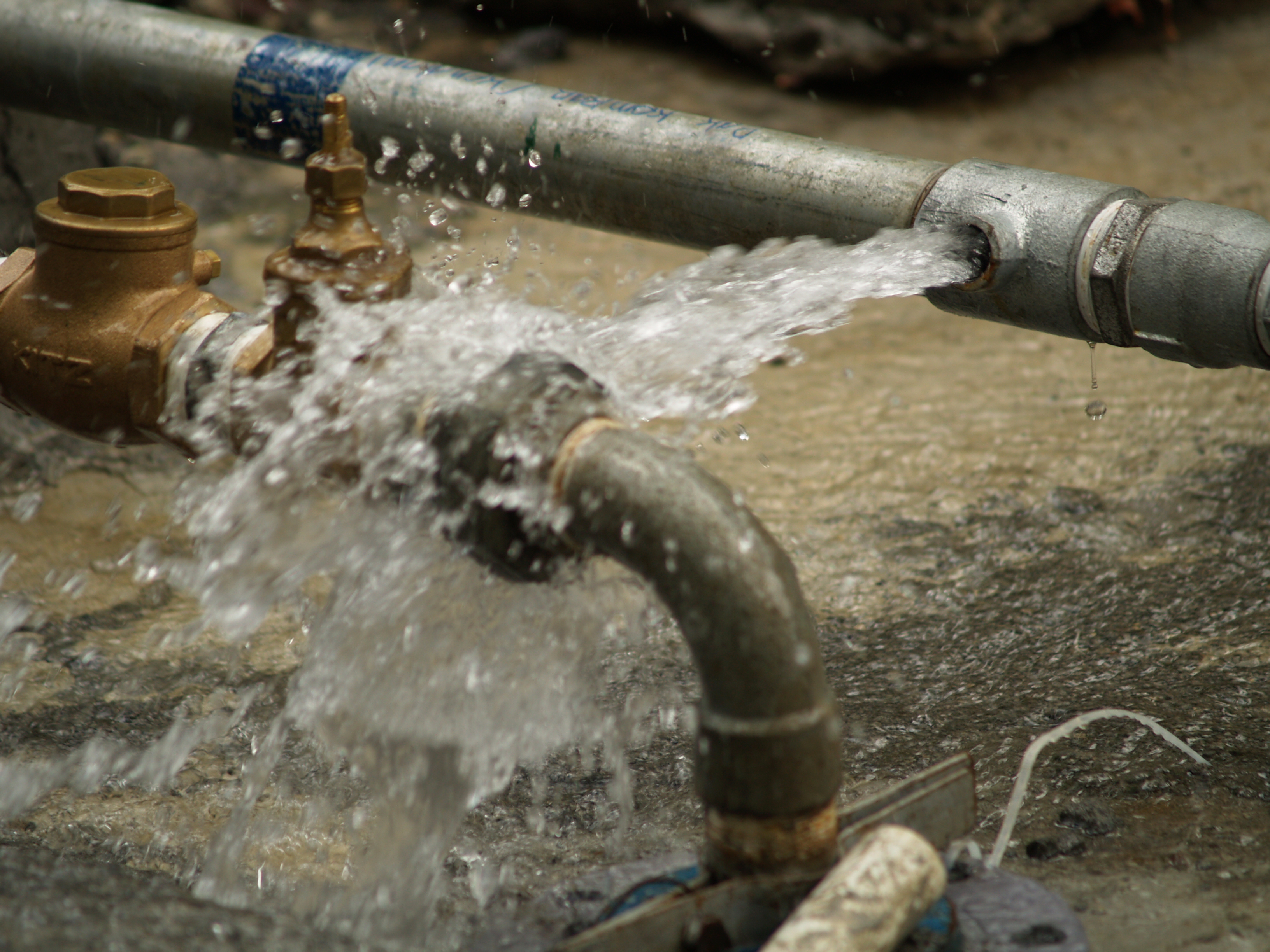Detecting a Burst Pipe and Quickly Applying Proper Solutions
Detecting a Burst Pipe and Quickly Applying Proper Solutions
Blog Article
What're your insights and beliefs on How to Install and Connect a New Dishwasher?

A burst pipeline is a major emergency; you can just stand as you see water you pay very much to rejoin with the earth. In even worse situations, you notice a pool on your cooking area floor, which is a great journey risk, specifically if you have kids around. If the pipe that ruptured remained in your walls, bad news: you may need to paint that entire area.
How can a catastrophe like a ruptured pipe be stopped and managed? Well, by paying attention to your expert emergency plumbers and complying with these regulations.
How do I understand when my pipelines have ruptured?
Changing water pressures
Pipelines do not just burst in a day. You may have noticed that your kitchen area tap or shower doesn't run quickly when you turn the faucet. It may stop for a couple of seconds and after that blast you with even more pressure than usual.
In other circumstances, the water may appear regular initially, then decrease in pressure after a few secs.
Wet wall surfaces and also water stains
Before a pipeline ruptureds, it will leak, a lot of times. If this relentless leaking goes undetected, the leakage might finish into a wide laceration in your pipeline. One very easy way to avoid this emergency is to look out for wet wall surfaces advertisement water stains. These water stains will lead you right to the leakage.
Puddles under pipelines and sinks
When a pipe ruptureds, the outflow develops a puddle. It might show up that the pool is growing in size, as well as regardless of the amount of times you wipe the puddle, in a few mins, there's another one waiting to be cleaned. Frequently, you may not be able to map the pool to any kind of noticeable pipelines. This is an indication to call an expert plumber.
Untraceable leaking noises
Pipe bursts can take place in the most undesirable areas, like within concrete, inside wall surfaces, or under sinks. When your home goes silent, you may be able to listen to an aggravatingly consistent trickling sound. Even after you've examined your shower head and also kitchen area tap, the dripping might proceed.
Precious viewers, the trickling may be coming from a pipeline inside your wall surfaces. There isn't much you can do regarding that, except inform a specialist plumber.
Turn off the Water
When water freezes, it expands in quantity by regarding 9 percent. As well as it expands with significant pressure: The pressure inside pipelines might go from 40 extra pounds per square inch to 40,000 psi! No pipeline can hold that much pressure, so it breaks open. The break might happen where the ice forms, yet more frequently, it occurs where water stress discovers a vulnerable point in the pipe. That might be inches and even feet from the frozen location. Find the water shutoff valve and also shut off the water to prevent even more damages. You might additionally need to shut down the electrical energy as well, relying on where the leaks occurs as well as exactly how big it is.
Infected water
Many individuals assume a ruptured pipe is a one-way outlet. Rather the contrary. As water flows out of the hole or tear in your plumbing system, impurities discover their method.
Your water may be infected from the source, so if you can, examine if your water tank has any kind of problems. Nonetheless, if your drinking water is provided and cleansed by the local government, you ought to call your plumber immediately if you see or scent anything amusing in your water.
What do I do when I find a ruptured pipeline?
Your water meter will certainly continue to run even while your water wastes. To minimize your losses, locate the main controls and also turn the supply off. The water pipe are an above-ground structure beside your property.
How to Fix & Detect a Leaking Pipe
How Do I Know if a Pipe is Leaking?
Leak detection tests can help you determine if your pipe has a leak. Even if you don’t see an apparent leak, you should still conduct leak detection tests regularly to save water and money—and prevent major damage to your home.
Water meter. It can be helpful to figure out what your usual water meter usage numbers are and then monitor them regularly. To monitor your meter, first, turn off all water faucets in your home. Check the meter and write down the numbers. In a few hours, check the meter again. If the numbers have changed, you have a leak. Water gauge. Use a water gauge to test your water pressure. Your showerhead should produce a certain amount of water pressure based on its model and design. If the pressure is lower than it is supposed to be for that specific showerhead, your home likely has a leak. Puddles. Look inside your bathroom, laundry, and kitchen sink cabinets. Puddles around the cabinets or around toilets, tubs, showers, and washing machines indicate the presence of a leaking pipe. You may also notice loose tiles, peeling or flaking paint, or mold caused by water accumulation. Napkin test. Even if you don’t see any puddles, you may still have a leak. You can test for water leaks in the bathroom, laundry, and kitchen by wiping below-sink connections with a napkin, paper towel, or piece of toilet paper. If it becomes damp, you probably have a leaking pipe under the sink. Discolored walls. Walls that are discolored—usually with brown or yellow stains—or bulging might mean that they have been impacted by water damage caused by a leaking pipe. Smell. A leaky pipe will create sitting water, and over time, that water may develop a musty smell. If your home smells musty, but you can’t locate the source, it may be due to a leak. Steps for Fixing a Leaking Pipe
A leaky drain can be remedied by tightening the pipe base, replacing the drain seal, caulking the rim, and tightening the pipe nut. Similarly, a leaking toilet pipe can be treated by tightening the packing nut. You may also need to replace the valve. A leaky faucet may just need tightening or replacement of the washers. If that doesn’t work, consider replacing your faucet. If your pipe has a hole in it, you may want to use a pipe leak sealer or pipe leak tape. This quick fix for water pipe leaks can also temporarily fix a copper pipe leak. https://www.ahs.com/home-matters/quick-tips/how-to-tell-if-pipes-are-leaking/

Do you like reading up on What to Know Before Installing a Dishwasher? Try leaving a review below. We will be glad to know your suggestions about this entry. Hoping that you come back again in the future. So long as you appreciated our post please make sure you remember to pass it around. Many thanks for your time. Visit again soon.
View Report this page